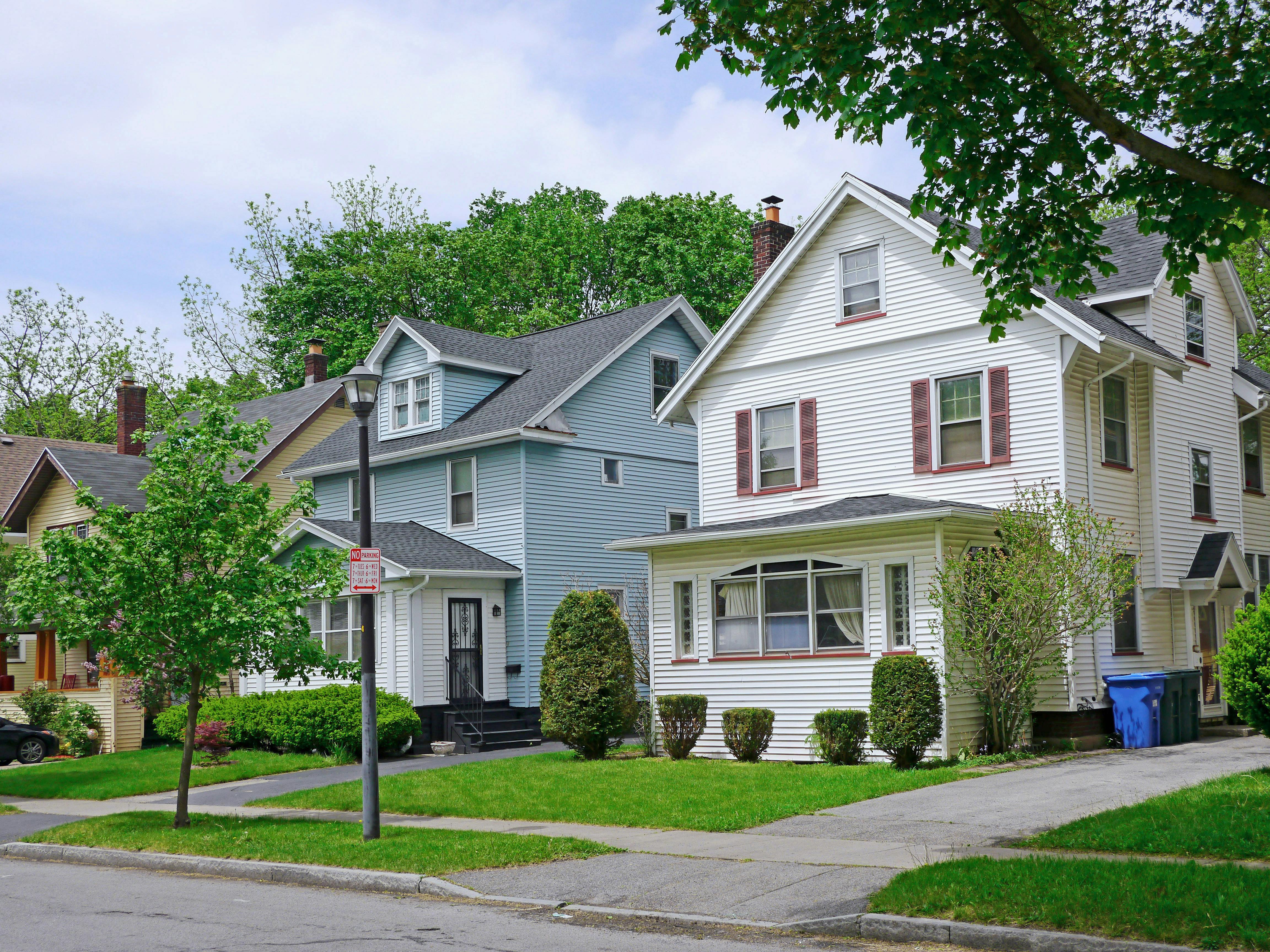
Mold can be a serious problem—it can cause health issues, it can be difficult to detect, and it can be expensive to remove. Although not all molds are dangerous, the Centers for Disease Control (CDC) advise that the best practice is to remove mold upon its discovery. In addition, the implied warranty of habitability requires landlords to keep their rental properties free of health hazards—and a toxic mold infestation falls into that category.
5 Signs Your Rental May Have a Mold Problem
If you do have mold in your rental property, detecting it early is important for the health of your tenants and your finances. Unfortunately, the presence of mold isn’t always obvious, making mold detection challenging in many cases. You'll want to pay attention to the following signs to detect mold before it becomes much more serious.
#1: Dark-Colored Spots are Visible on Porous, Moisture-Exposed Surfaces
Inspect your rental property for mold on moisture-exposed floors, walls, and ceilings, as well as on carpets and fabrics. Focus on the basement, if you have one, as basements can be the dampest areas in a home, and they have less light. Also, check out the attic, where a leaky roof could be creating a friendly environment for mold. Why the focus on moisture and dampness? Although mold spores are found everywhere in a home, they need moisture to grow—and that’s when they become a problem.
#2: A Room (or Rooms) in the Rental Smell Musty
Mold has a pungent, musty, mildewy odor. If there is a strong smell in the rental property, try to identify the source because it could be mold. If you can’t locate the source of the odor, try checking these more difficult-to-reach areas where mold is commonly found:
- Inside the walls
- Under carpets and carpet pads
- Behind drywall
- Behind curtains and wallpaper
- Above ceiling tiles
#3: Your Tenants Have Allergy-like Symptoms
Some molds, like black mold, produce mycotoxins, which can cause health problems in some people. While there is still much to be learned about the health effects of mold, researchers have found a link between indoor mold exposure and the following symptoms:
- Upper respiratory tract symptoms (cough and wheezing) in otherwise healthy people
- Asthma symptoms in people with asthma
- Hypersensitivity pneumonitis in people with that condition
- Development of asthma in young children
Mold may be present if your renters are complaining of hay-fever-like symptoms, such as sneezing, runny nose, red eyes, rash, shortness of breath, or irritated eyes, skin, throat, or nose. Remember not everyone will exhibit these symptoms—don’t take the lack of these symptoms to be a sign that your property doesn’t have a mold problem.
#4: Water Damage or Leaks Have Not Been Repaired
If there's a history or flooding or existing water damage, this is a prime opportunity for mold to grow. Mold spores need moisture. Check your rental property for water damage and leaks, or other damp areas where mold is likely to multiply. To try to avoid this problem, make sure it is clear to your tenants that any water leaks or damage must be reported to you so they can be quickly and properly repaired.
#5: Ductwork is Circulating Mold Spores
If you still suspect your rental property has a mold problem, and none of the above signs are there, check the ductwork of your heating and cooling systems. Central heating and cooling systems constantly circulate mold spores. They also often have dusty surfaces, which provide nutrients for mold. If there is moisture present, perhaps because of condensation on the air conditioner coil or a faulty humidified, mold can grow. Check the dust in the ductwork, and also check the air conditioning coil, and other areas within the system that have moisture. Send dust samples for testing to find out if there is mold actively growing in the dust.
Mold is a problem that should be taken seriously and dealt with swiftly. The CDC have clear advice regarding mold: all types should be removed upon discovery.
